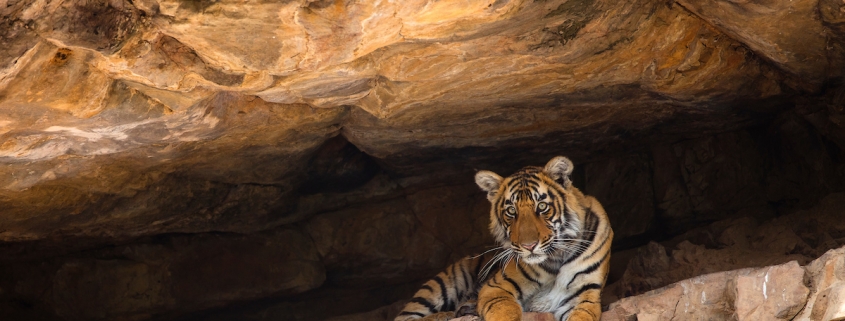How Have Tigers Come To Be Endangered?
Tigers all over the world have become endangered due to the destruction of their habitat. Human activities have to take the blame after the clearing of forests for the purpose of agriculture and timber.
Manmade Destruction Of Tiger Habitat
Likewise, serious threats can be seen through the building of road networks and other developments. Since tigers need huge habitats for survival, only a few of them survive in small, scattered islands wherein they become more vulnerable to poaching since they go out beyond the protected areas.
Threat Of Rising Sea Level
Inevitably, climate change has also contributed to the loss of tiger habitat with the rising sea levels threatening to wipe out mangrove forests. According to the World Wildlife Fund, the rise of the sea level by about a foot by 2070 could destroy the entire tiger habitat in these mangrove forests without any mitigation effort.
Tiger Population In India
Surprisingly, the wild tiger population in India has increased by over 30% in just 4 years, according to a recent census. This historical achievement was due to the conservation efforts made by the country in recent years.
Wildlife And Tiger Tours
You might have been wondering if you can take a look at the majestic tigers in the wilds of India. Well, who shouldn’t be enthralled on a wildlife expedition with a sight of this bulky looking creature? India tiger expeditions should give you a chance to experience getting up close with these ferocious animals.
If you like to meet one in its perfect natural habitat, then you have to go to Ranthambore National Park in the state of Rajasthan. But you can also meet some other wild species in the India tiger expeditions, such as the black buck, black and blue bull, leopard, spotted deer, and the wild boar.
Embarking on the India tiger expeditions can also give you a chance to see the royal Bengal Tiger as it roams in the dense Indian forest. Moreover, you can witness the activities in the tribal villages and local markets.
More Territories Needed For Stable Population
Since tigers are very territorial, conservation efforts need about 200sq. km. of territory for every adult tiger. Therefore, it would be quite difficult for some governments to consider such safe habitats with the increase in developmental projects such as canals, railways, and roads.
The increase in territories could also mean that there will be lots of areas available for wildlife tours. At the same time, it could mean more attraction for local and foreign tourists frequenting these areas.
The number of protected areas in India in 2018 was about 860 from 692 in 2014. Likewise, the number of community reserves has also doubled. This could mean that the increase in tiger population could be because they are breeding in protected areas.
However, conservation efforts are quite necessary because there are signs that tigers were unable to disperse safely and find their own territory as they increase in population.
Wild Focus Expeditions is based out of Santa Fe, New Mexico but we’re happy to go on expeditions with those of you all over the world. Here are some of our more famous expedition destinations: Greenland, Indonesia, Japan, Svalbard, Namibia, Botswana and Victoria Falls, Zimbabwe, Pantanal, India, Kenya, Uganda, and the Galapagos



Leave a Reply
Want to join the discussion?Feel free to contribute!